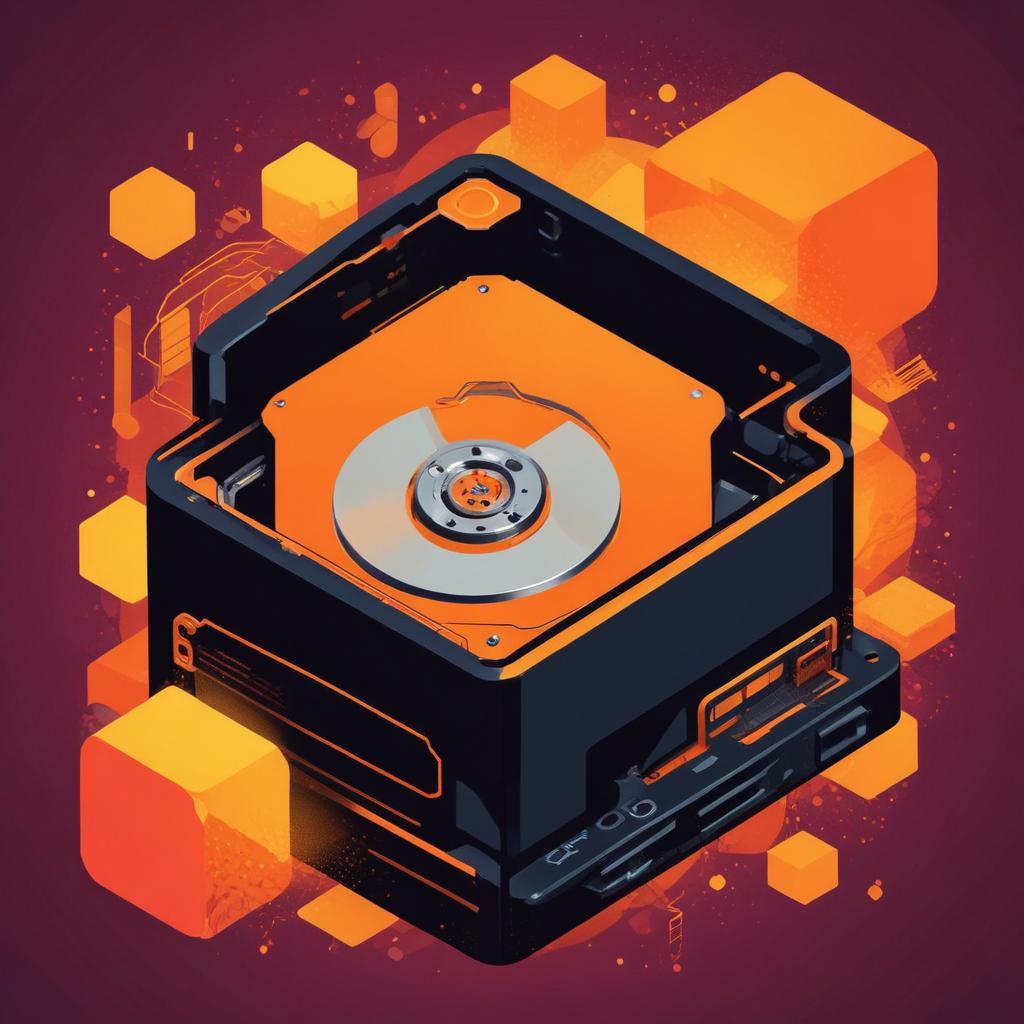The $4 Upgrade to Your NAS: Essential Lessons on Data Management

In a recent article on XDA, Joe Rice-Jones shared his revelation about how a simple, low-cost investment of $4 in sticky index tabs proved invaluable in managing his Network Attached Storage (NAS) system. This amusing yet enlightening story highlights the importance of proper data organization, especially during upgrades or maintenance of NAS units.
Rice-Jones reflects on his experience of failing to label hard drives during a migration process, which resulted in catastrophic data loss. His insightful conclusions rest on a few key points:
- Importance of Labeling: Mislabeling or not labeling drives can lead to irreversible data loss, emphasizing the necessity for organization.
- Trusting Memory: Relying on memory alone during drive replacements can lead to mistakes, as many have likely experienced firsthand.
- Brand Reliability: Users should be cautious about the variety of NAS brands and their drive handling procedures, as some systems can lead to complications.
This engaging narrative sets the stage for a deeper look at its implications for NAS users. Rice-Jones’ entertaining tone invites readers to reflect on their own data management practices. Notably, his story encourages us to consider these tactical positives:
- Cost-Effective Solutions: For just $4, individuals can prevent significant headaches related to data mismanagement.
- Increased Awareness: The experience fosters a sense of responsibility, prompting users to consider their strategies for data labeling and organization.
- Long-Term Investment: Proper labeling can save time and costs in the future, reinforcing the idea that small investments yield substantial returns.
While the emphasis on such a trivial item as sticky tabs may seem overly simplistic, consider this: data loss remains a common occurrence across tech environments, leading to losses totaling millions every year. According to a 2021 study by the Ponemon Institute, the average cost of a data breach is a staggering $4.24 million. Given this context, the $4 investment for index tabs appears more significant.
However, one might question whether reliance on a physical labeling system addresses the root issues associated with data loss. What if more sophisticated digital solutions could provide automated labeling and organization features, thereby minimizing human error? Software integration might streamline these processes, reducing the likelihood of oversight. Furthermore, how effective are these simple tools in mitigating the inherent risks of drive failure, given the limitations of hardware and the increasing complexities of data storage systems?
Alternatives such as more advanced drive management software could potentially help in tracking drives automatically, offering a way to minimize reliance on physical reminders. This begs the question: have we moved past manual methods for organizing storage, or do we still value the tactile feedback and immediate visibility provided by sticky notes?
Despite these considerations, Rice-Jones makes valid points on the value of implementing even the simplest tools for safeguarding data. Labeling drives and maintaining an organized system has undeniable advantages, especially when managing multiple devices across various platforms.
Your data deserves protection, and while $4 seems inconsequential against the backdrop of data management costs, the decision to invest in simple solutions represents a proactive step toward safeguarding your information.
At DiskInternals, we specialize in data recovery software that helps users avoid the catastrophic consequences of data loss. We understand the challenges of managing your data, and we offer tools to ensure your important information remains secure, irrespective of the devices or environments used. Prioritizing data management will enhance your tech experience, ultimately leading to increased security and peace of mind.